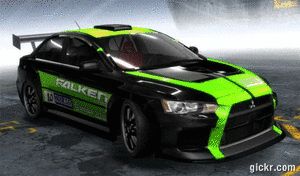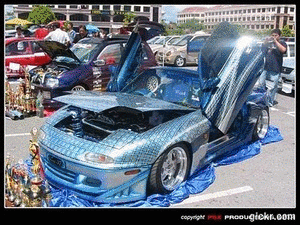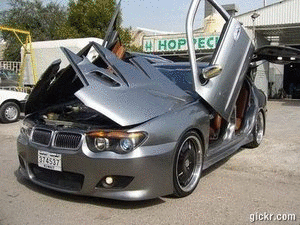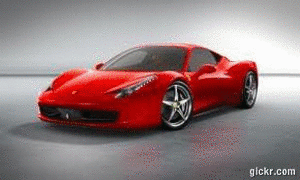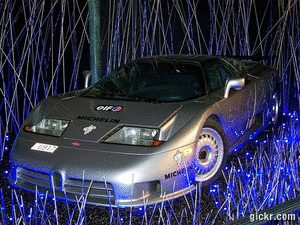There are typically two kinds of engine backfires, one is generated from the intake manifold of the engine, and the second is expelled from the exhaust pipe at the rear of the car. A backfire is an explosion of sorts in the intake manifold or the exhaust system. A backfire occurs when there is an imbalance in the air to fuel ratio required for your vehicle to operate properly. If the fuel mixture is too lean (not enough fuel) you may have a backfire in the intake, or too rich (too much fuel) you may get a backfire out of the exhaust system. Most backfires are easily repaired by correcting the imbalance and providing a greater or lesser percentage of fuel to the mixture.
Common Problems and Solutions
Most causes of backfires in the exhaust system can be addressed by troubleshooting the reason for the air to fuel ratio imbalance. The solution usually involves checking for vacuum leaks, changing the airflow sensor, o2 Sensor, fuel filter to ensure the fuel system is functioning properly.
A common backfire situation occurs when there is a small leak in the air injection system that feeds the exhaust system. This can cause unburned fuel to explode suddenly. One of the most common causes is a stuck or faulty air intake or gulp valve near the exhaust manifold.
Backfiring can also occur with a sudden drop in fuel pressure. This may be due to a faulty fuel pump or a plugged fuel filter. Correcting problems in the fuel system usually resolves these issues.
Incorrect ignition timing to the spark plugs is another cause of backfire. Adjusting the ignition distributor, if the engine is so equipped, may resolve this problem. Adjusting engine timing is not difficult and can be done with a timing light by following the timing adjustment procedure for your car. A vehicle that is not timed properly will not idle, run or operate correctly and will often backfire rapidly. On newer cars you will need to scan the PCM to check for CKS (Crankshaft Angle Sensor) and CMS (Camshaft Position Sensor) related trouble codes.
Maintenance
Things to do in preventing backfires:
- Fuel Filter has to be changed. The fuel filter is a vital part of your fuel system and can cause a backfire(s) if the filter is clogged and not changed regularly. A bad / faulty filter can cause low fuel pressure creating a perfect situation for a backfire to occur. Changing the filter is simple and can save gas with improved performance of your vehicle's engine reducing the occurrence of backfires.
- Service your fuel injection system & Tuning it up in accordance with the maintenance schedule for your particular car. This ensures correct fuel consumption with the correct amount of emissions. Fuel that is not burned completely will leave ample opportunity for a backfire to occur. These maintenance requirements are associated with other systems on your vehicle. Avoiding maintenance on your car can increase the risk of backfiring and other system malfunctions.
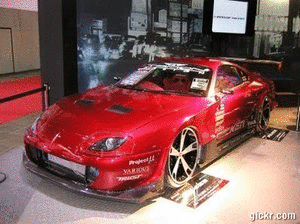
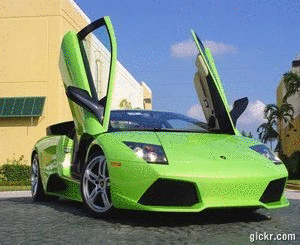
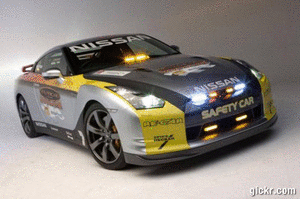

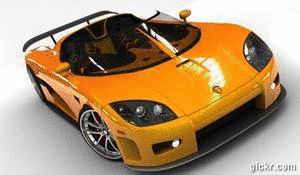










 All Wheel Drive Example (appearance may vary)
All Wheel Drive Example (appearance may vary) Manual Axle Hub
Manual Axle Hub
































